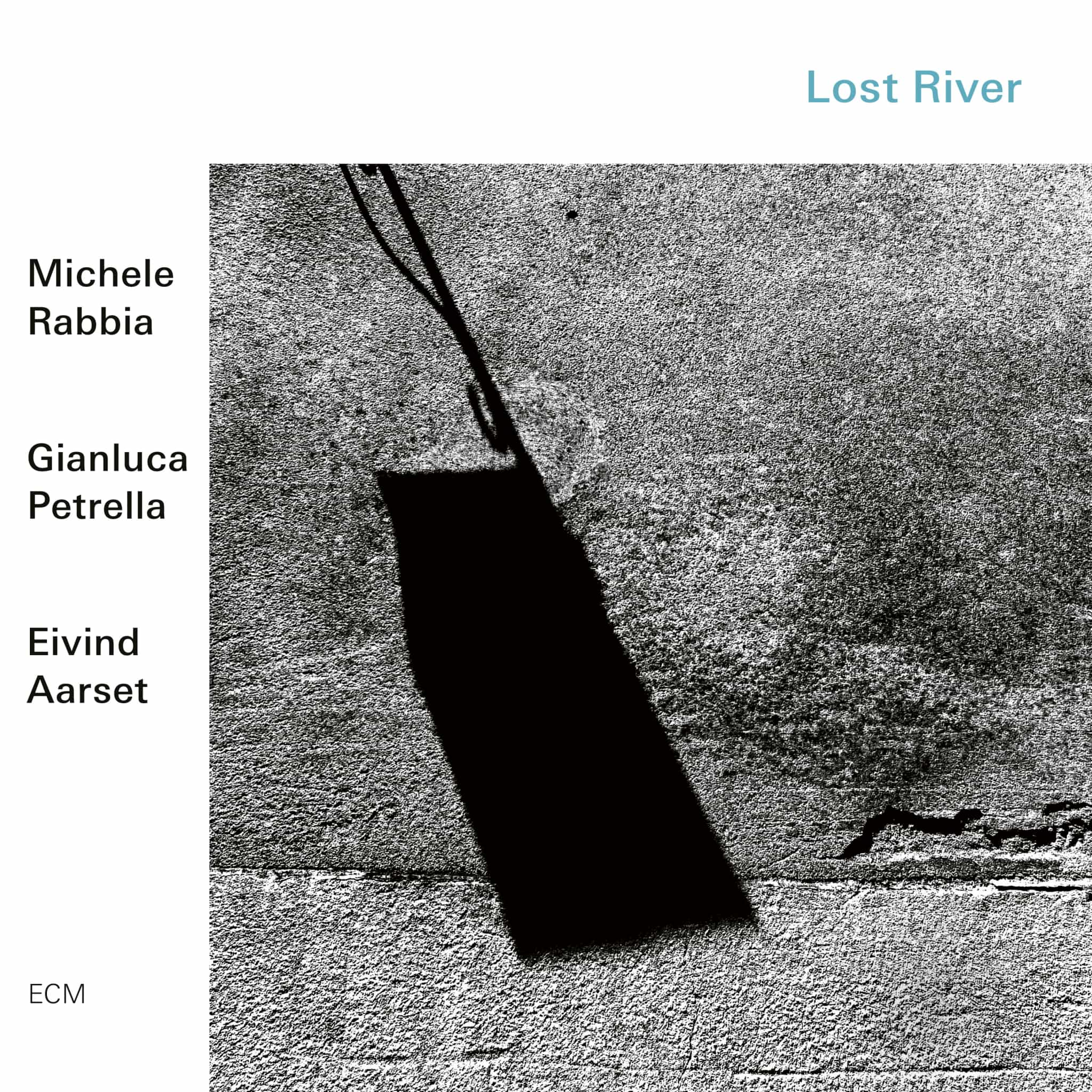Album insights
Tomás Luis de Victoria, the greatest composer of Spain's "Golden Age" of polyphonic music in the 16th century, was born in Avila in 1548. His musical journey began as a choirboy at the Avila Cathedral in 1558, later moving to Rome as a student at the Collegium Germanicum in 1565. Spending the next two decades in Rome, Victoria held significant positions at various places including S. Maria di Montserrato, Collegium Germanicum, Collegium Romanum, and S. Apollinaire. His critical approach to work was evident from constant revisions in successive editions and comments in prefaces. In 1575, he received holy orders and later served as a chaplain at S. Girolamo della Carità before becoming the choir director at the Unbeschuhten Karmelitinnen in 1587.
Victoria's musical output, though less extensive compared to Renaissance peers like Palestrina and Lassus, reflected inspiring creativity and skill. His music, known for passionate intensity, was influenced by the Spanish school masters and his time in Rome, likely interacting with Palestrina. Victoria shared Palestrina's love for calm melodies and intricate counterpoint while incorporating more dynamic elements, giving his music a distinctive fervor.
The motet "Trahe me post te," published in 1585 by Alessandro Gardane in Rome, is a stirring piece based on a double canon unison structure creating a graceful and flowing effect. Victoria’s "Missa Trahe me post te," published in 1592, is a brilliant six-part mass echoing the motifs of the motet. Both the motet and the mass, show Victoria’s mastery in harmonious composition and expansive melodies.
Victoria composed the Antiphon Alma redemptoris mater in two versions: a five-voice setting in 1572 and an eight-voice setting in 1581. The intricate construction of voices in response to plainsong elements like in the Antiphon creates a mesmerizing and melodious experience. His Antiphon Ave regina caelorum, published in Venice in 1572, demonstrates a skilled adaptation of sacred chants in a nimble and paraphrased framework. The two works draw inspiration from liturgical chants, showcasing Victoria's expertise in blending traditional melodies with his innovative flair.
Victoria’s Regina caeli laetare Antiphon, following the liturgical calendar, exemplifies his proficiency in merging melodic lines to create a harmonious and lush composition. Finally, his masterpiece, the Salve regina for double chorus, stands out with its profound contrast between sections of intensity and tranquility, showcasing his versatile compositional techniques. Victoria’s Magnificats, varying in voice settings and styles, exhibit his dexterity in creating rich musical tapestries.
In conclusion, Tomás Luis de Victoria's contributions to sacred music stand out for their emotional depth, artistic flair, and technical brilliance, cementing his legacy as one of the most esteemed composers of the Renaissance era.

